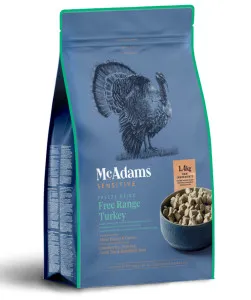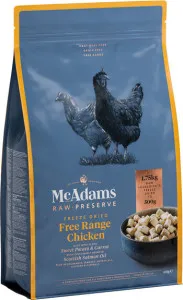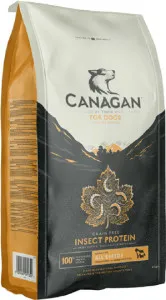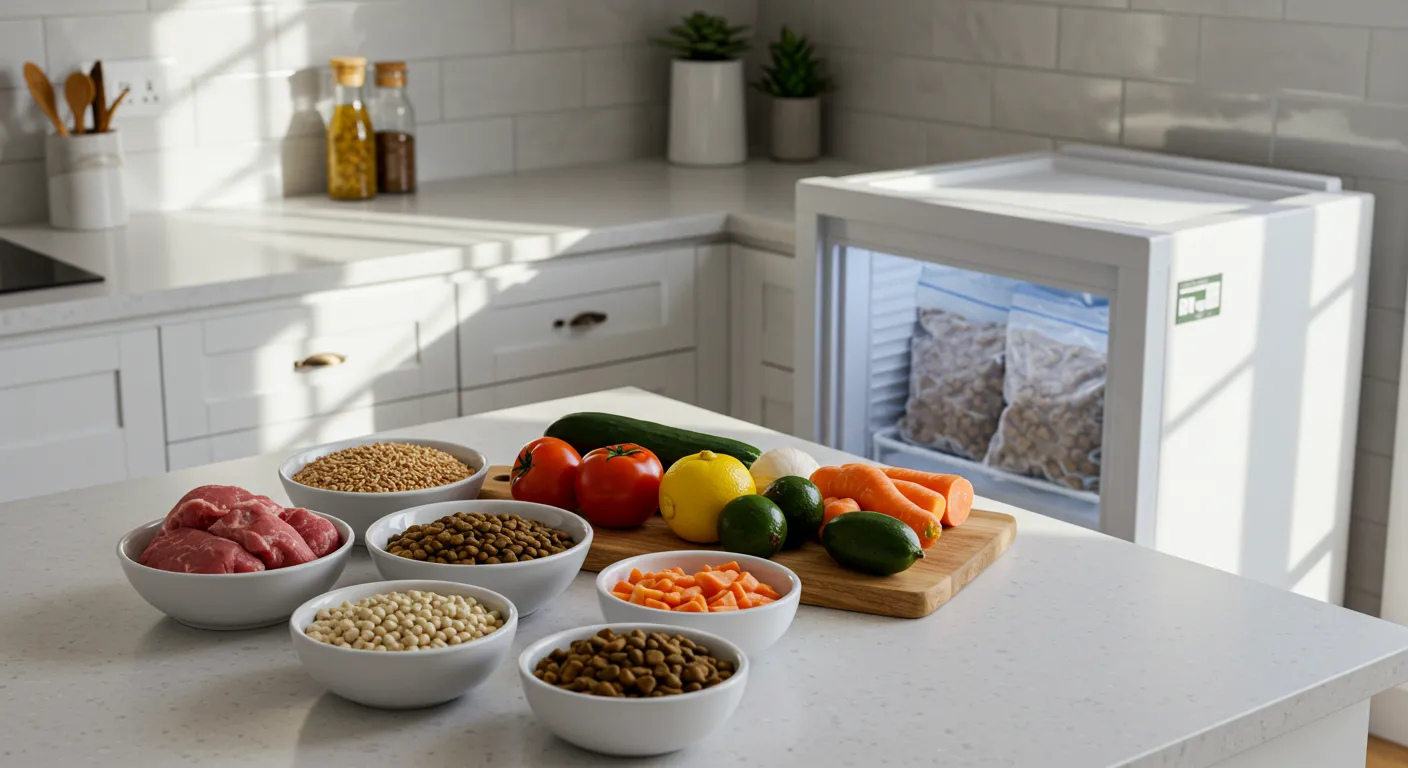Can You Freeze Fresh Pet Dog Food? Here’s What You Need to Know
Yes, you can freeze fresh pet dog food —and it’s a great way to extend its shelf life while preserving nutrients. Freezing homemade or commercial fresh dog food helps prevent spoilage, reduces waste, and ensures your pup always has a healthy meal ready. Just follow proper storage guidelines to keep it safe and tasty.
Why Freezing Fresh Dog Food Is a Smart Choice
Freezing isn’t just convenient; it’s also one of the best ways to maintain the quality of fresh dog food. Whether you buy premium brands or make DIY recipes at home, freezing helps:
- Preserve nutrients: Fresh food loses vitamins over time, but freezing slows this process.
- Prevent bacterial growth: Harmful bacteria thrive in fresh food left at room temperature.
- Save money: Buying or making in bulk and freezing portions cuts costs.
- Reduce waste: No more tossing spoiled food—just thaw what you need.
- Ice cube trays (for small dogs or treats)
- Muffin tins (for medium portions)
- Freezer-safe bags or containers (label with dates!)
- Vacuum-sealed bags
- Glass or BPA-free plastic containers with tight lids
- Heavy-duty freezer bags (squeeze out excess air)
- Homemade fresh food: 3–6 months (depending on ingredients)
- Commercial fresh food: Check the label—most last 6–12 months frozen
- Raw meat diets: Best within 3–4 months for optimal taste
- In the fridge: Thaw overnight (takes 12–24 hours).
- In cold water: Seal food in a bag and submerge in cold water (change water every 30 mins).
- Microwave (if safe): Use a defrost setting and stir to avoid hot spots.
- Freezing in large blocks: Makes thawing uneven and encourages waste.
- Using thin plastic bags: They tear easily and don’t prevent freezer burn.
- Ignoring expiration dates: Freezing pauses spoilage but doesn’t reset the clock.
- Overloading the freezer: Crowding slows freezing and risks temperature spikes.
- Water-soluble vitamins (B, C): May degrade slightly over long storage.
- Texture changes: Some veggies or meats become mushy after thawing.
- Fat oxidation: High-fat foods can develop off-flavors if stored too long.
- Minimally processed formulas: Fewer preservatives mean freezing is essential.
- High-moisture recipes: Stews or patées freeze well without separating.
- Single-protein meals: Less risk of texture issues compared to blends.
- Pre-freeze tester portions: See how your dog reacts before committing.
- Mix frozen and fresh: Combine thawed food with crunchy kibble for variety.
- Keep a backup stash: Perfect for emergencies or travel.
If you’re using a Pet Food Analyzer to compare brands, freezing lets you stock up on sales without compromising quality.
How to Freeze Fresh Dog Food Properly
Not all dog food freezes the same way. Follow these steps to ensure safety and freshness:
1. Portion the Food Before Freezing
Divide fresh dog food into single-serving portions using:
2. Use Airtight Containers
Oxygen causes freezer burn, which ruins texture and flavor. Opt for:
3. Freeze Quickly
Spread portions in a single layer in the freezer to freeze faster. Slow freezing creates large ice crystals that damage food texture.
How Long Does Frozen Dog Food Last?
While freezing keeps food safe indefinitely, quality declines over time. Follow these general guidelines:
Always label packages with the freezing date and use older batches first.
Recommended Products

McAdams Freeze Dried Free Range Turkey is an excellent choice for can you freeze fresh pet dog food. This dog food contains Boneless Free Range Turkey 86.5% and other high-quality ingredients that promote overall health.

McAdams Freeze Dried Free Range Chicken is an excellent choice for can you freeze fresh pet dog food. This dog food contains Boneless Free Range Chicken 86% and other high-quality ingredients that promote overall health.

Canagan Insect is an excellent choice for can you freeze fresh pet dog food. This dog food contains Freshly Prepared Insects (27%)* and other high-quality ingredients that promote overall health.
Thawing Frozen Dog Food Safely
Never thaw dog food at room temperature! Bacteria multiply rapidly between 40°F and 140°F. Instead:
Once thawed, use the food within 48 hours and never refreeze it.
Common Freezing Mistakes to Avoid
Even experienced pet owners slip up. Watch out for these pitfalls:
Does Freezing Affect Nutritional Value?
Freezing preserves most nutrients better than canning or dehydrating. However:
For balanced meals, rotate frozen stock and pair with fresh toppers like Pet Food Analyzer -recommended supplements.
Best Fresh Dog Foods for Freezing
Some commercial fresh foods freeze better than others. Look for:
Check our Pet Food Analyzer for freezer-friendly brand rankings.
Final Tips for Freezing Success
To make the most of your frozen dog food:
Ready to simplify mealtime? Freezing fresh dog food is a game-changer—just follow these steps to keep it safe and nutritious. For more tips on choosing the best diet for your pup, explore our Pet Food Analyzer today!
